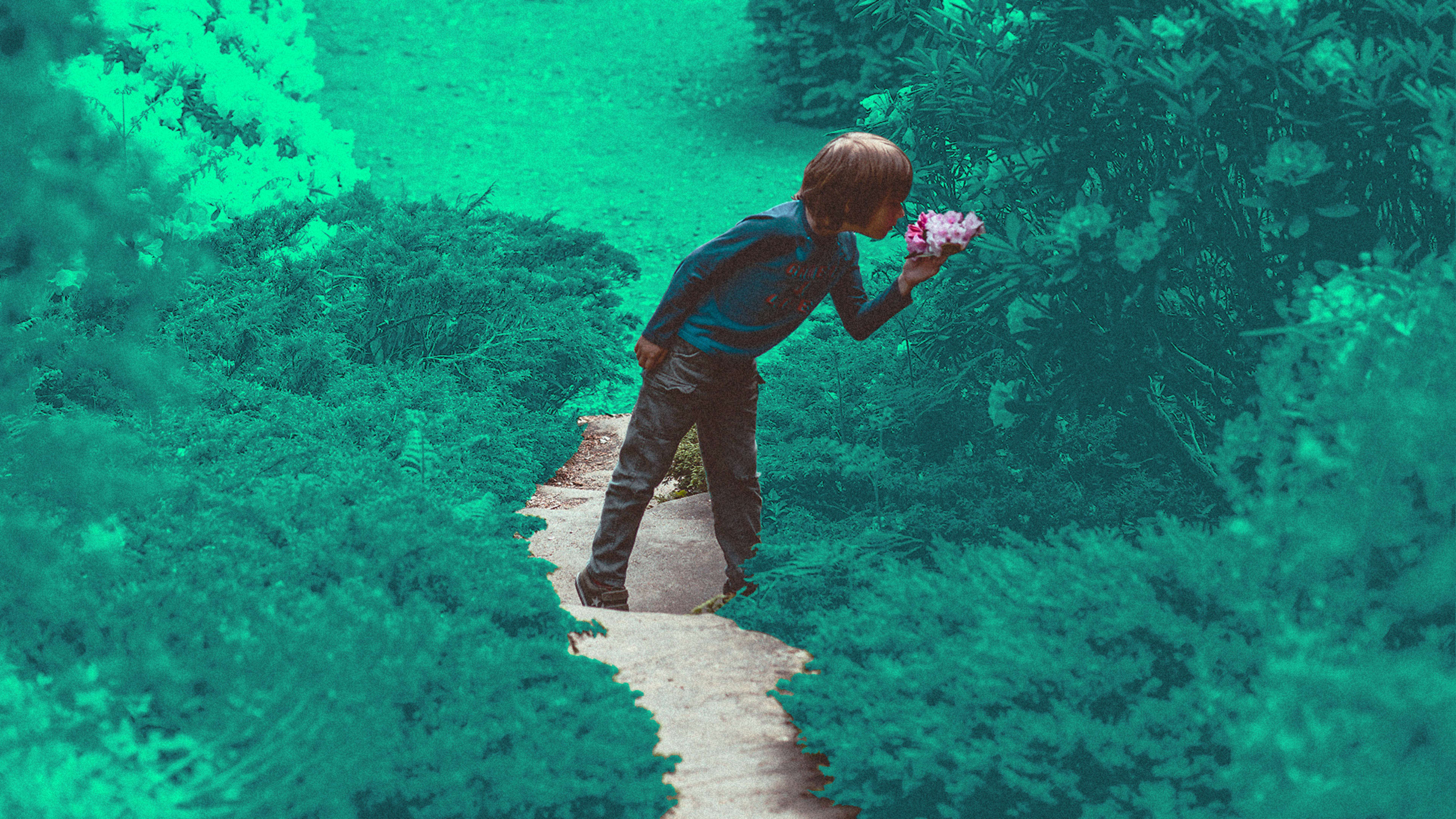We all know intuitively that nature is good for us–but its precise impact on our well-being can be tough to articulate. An important new study has found that when children grow up surrounded by green space, they have 55% less risk of developing a wide range of mental health problems later in life.
The study’s design was clever: The researchers, from Aarhus University in Denmark, examined satellite data and population data on about 1 million Danish residents who were born between 1985 and 2003 and living in Denmark at the age of 10. The researchers were then able to show a correlation between one kid’s proximity to green space during childhood and that same person’s mental health problems like mood disorders, depression, and stress-related disorders as an adult. (The researchers linked population data with data from the Danish Psychiatric Central Research Register, which catalogs admissions to Danish in-patient psychiatric facilities and out-patient visits to psych departments or emergency care.) The more green space a person was exposed to up until the age of 10, the lower his or her risk for most of the 16 mental disorders the researchers examined–even when controlling for factors such as urbanization, parents’ socioeconomic status, family history, parents’ age, and the socioeconomic factors at play in the place where the child grew up.

The paper, which was published in the journal Proceedings of the National Academy of Sciences of the United States of America, adds to a body of research showing the benefits of nature on human health. These studies have led to a rise in biophilic design–in which architects and interior designers use as many natural elements as possible to mimic nature in the built environment. In 2018, Snøhetta designed and built cabins in the woods near Norwegian hospitals to give sick children and their families access to nature. And earlier this year, a primary care startup called Parsley designed its first New York clinic based entirely on biophilic design principles, using natural materials and adorning its waiting area and patient rooms with plants. Biophilia has even become a mainstream home decorating trend, with a range of startups catering to young, houseplant-obsessed urbanites who want access to nature on their windowsill.
Kristine Engemann, the lead author on the study and a postdoc at Aarhus University, hopes that the study’s results inspire parents with young children to decide where they live based on the amount of greenery available. But the results have implications for urban planning as well, especially since green space isn’t distributed equally in cities: Wealthier communities tend to have more access, and density makes it difficult to add new parks. “For city planners, our results suggest that green space might contribute large health benefits across the population, and maintaining or even increasing green space in residential areas could potentially lead to significant health benefits,” she tells Fast Company via email. “Finding innovative ways to green cities, such as green roofs and walls, would be important and could be more attainable than creating space for larger natural areas in dense cities.”
While the current study’s data was limited to Denmark, Engemann believes that it could be replicated elsewhere since it is based on satellite data. (However, population data that goes back more than 30 years was what enabled Engemann to explore the relationship between childhood exposure to green space and mental health, and that data may be difficult to come by elsewhere.) Other studies done in North America, Australia, and across Europe have mostly been limited to exploring the benefits of greenery on people’s health over very short periods of time.
Engemann plans to continue this line of research by delving into the relationship between mental health and different types of natural environments. For instance, she points out that many Danes live along the coast, and she is interested in exploring whether being close to the ocean might have a similar effect.
While there are other factors that contribute to a child’s risk for developing mental health issues later in life, such as pollution, lower socioeconomic status, and even noise, this study puts green space on par in terms of importance. For all the parents out there, there’s one easy way to start: Drag your kid to the park more.
Recognize your brand’s excellence by applying to this year’s Brands That Matter Awards before the early-rate deadline, May 3.
